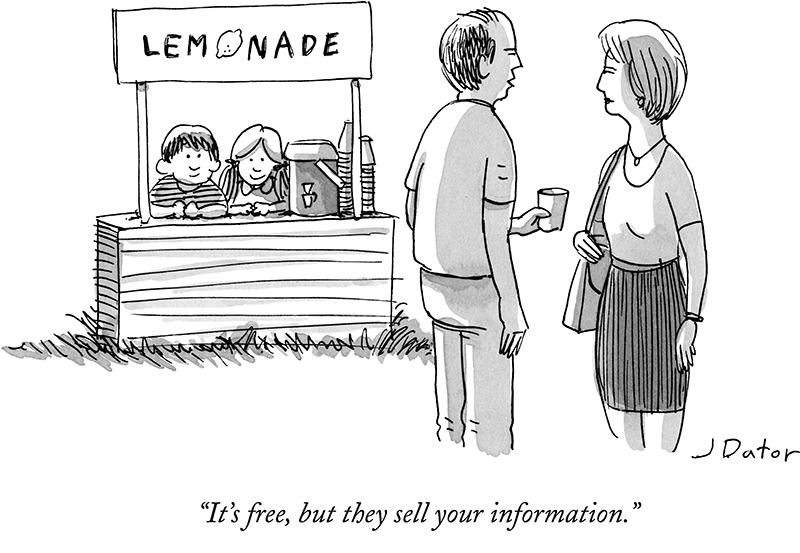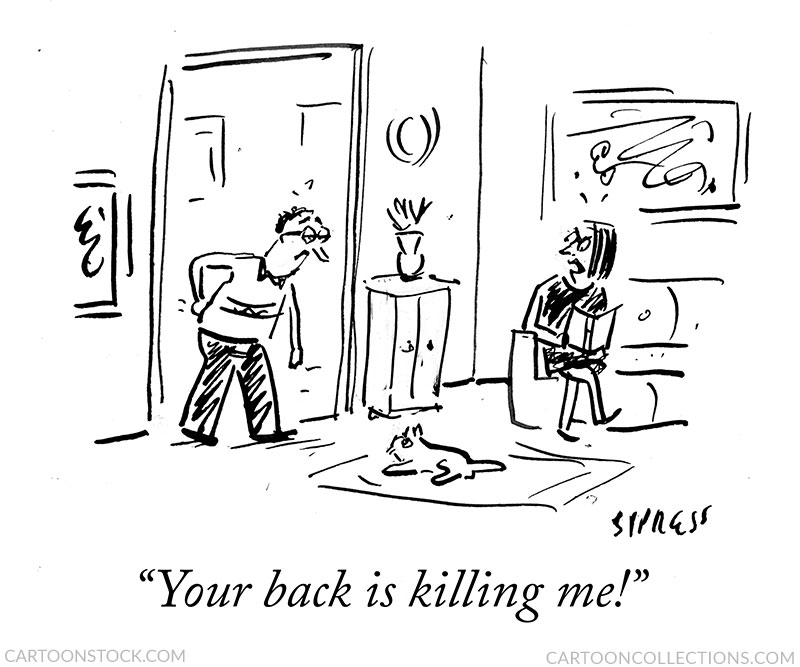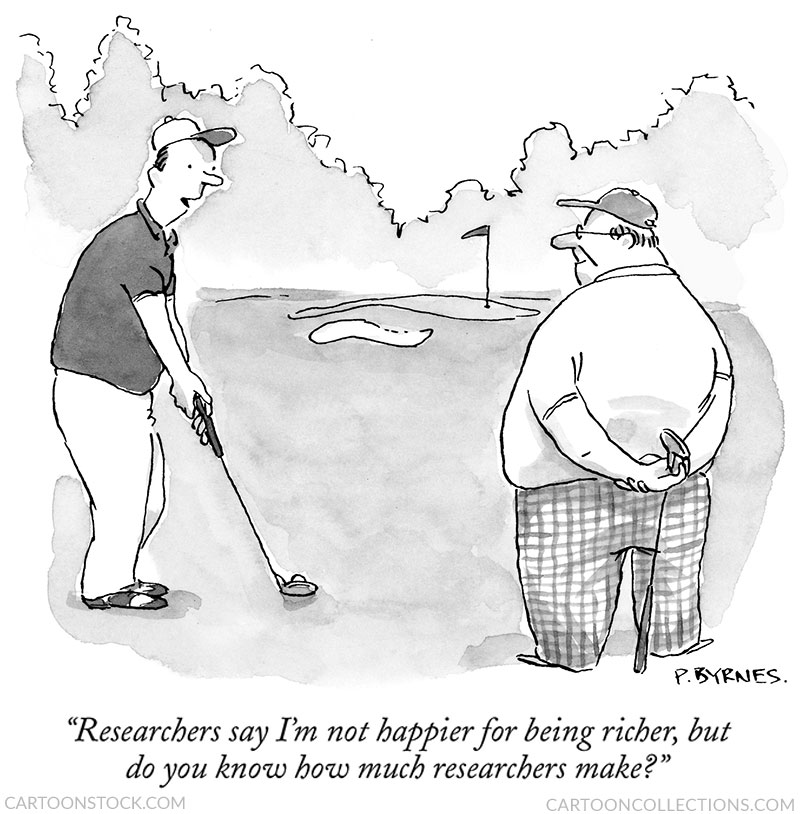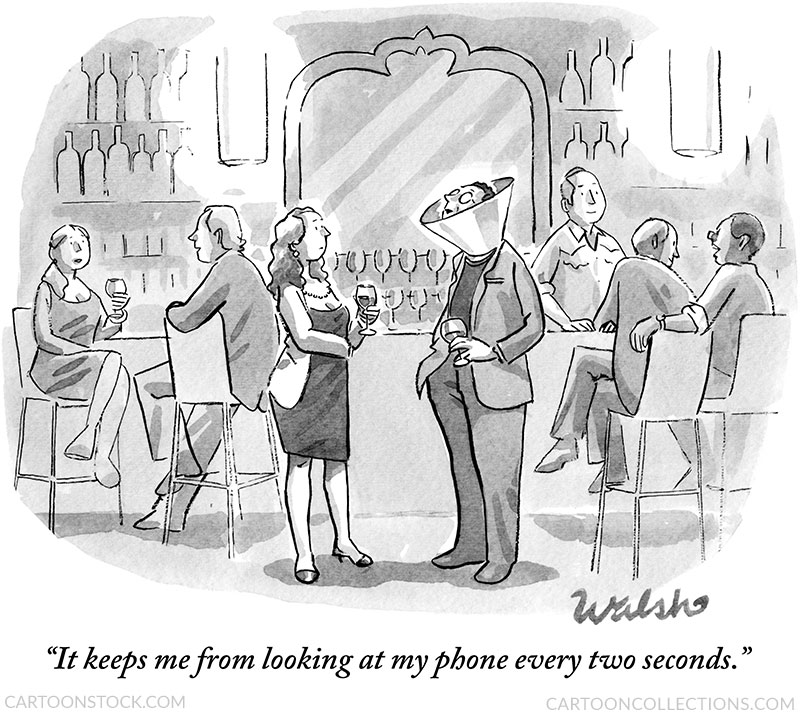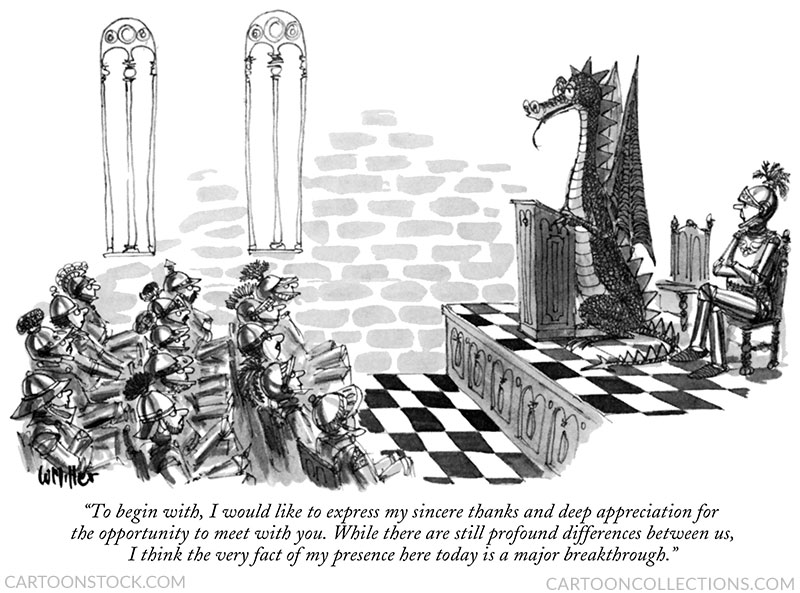Read any good textbooks lately?
My guess is they’re probably not crowding your nightstand. Even a good textbook is not what I’d call a real page-turner. And yet, it might surprise you to know that many textbooks sort of double as cartoon anthologies, using cartoons to provide comic relief naturally while reinforcing and making memorable key concepts through the power of humor.
I guess that’s why textbooks are one of our top markets for cartoon licensing.
You may wonder what inspires authors and publishers to choose cartoons from the hundreds of thousands archived at CartoonStock.com over photos from one of the plethora of photo sites?
The answer to that question occurred to me during a Zoom meeting with a top education publisher and her editors.
“Photos are for layout, cartoons are for learning,” I proposed. The response from the group was a lot of affirmative nodding.
Don’t get me wrong – I’ve got nothing against photos. But while photos can ground the reader in the basics of the subject or setting, cartoons work to clarify and amplify the deeper message of the text.
Consider the following case: You’re writing an article about protecting your information online. You could use a stock photo of a person at a computer. Blah.
Or you could make a more compelling direct connection to the topic with this cartoon by Joe Dator:
Not only does the cartoon introduce the idea of data security, it also goes further to say that some things that appear innocent and harmless aren’t. As the economist Milton Friedman once said, “There is no such thing as a free lunch.” He probably felt the same way about lemonade.
To cap off this exposition on cartoons and textbooks and have a little fun, I invite you to take this little easy-peasy lemonade-squeezy, mix and match test.
Below are five cartoons used in the introductory psychology textbook titled, appropriately enough, Psychology 13th Edition by David G. Myers and C. Nathan DeWall, published by Worth Publishing, a division of Macmillan Learning.
I’ve labeled them A, B, C, D, and E.
Match them up with the appropriate title headings from the textbook numbered as follows:
- Maintaining Balance and Focus
- Happiness Relative to Other’s Success
- Conciliation
- Mirror Neurons at Work
- Retrospective and Prospective Memory
OK, have at it! And remember, no cheating by buying the textbook.
A
B
C
D
E
Time’s up. How’d you do? Aced it, I’m sure. But here’s the kicker that’s really interesting to me. By associating these cartoons with these concepts, you will remember both for a very long time.
Ok. Lesson learned. Class dismissed.
Yours in Good Humor,
Bob


